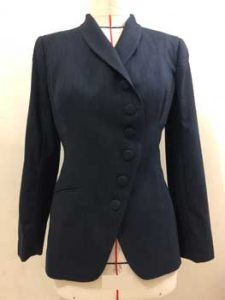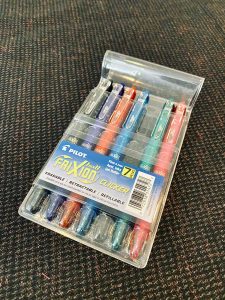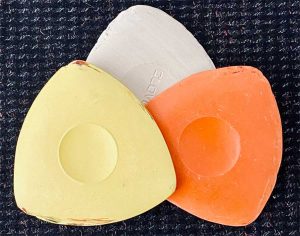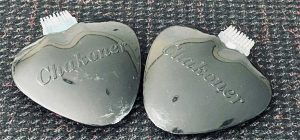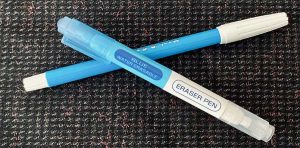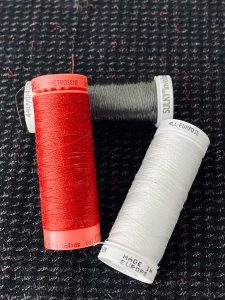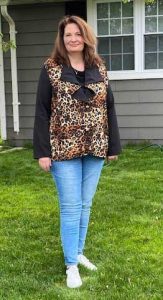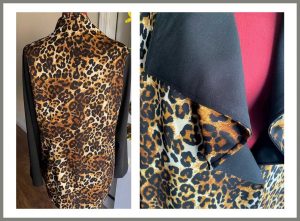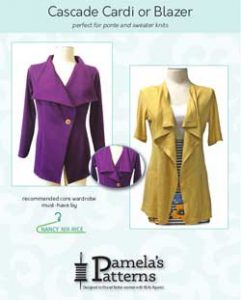Join ASG Board Member, Sheryl Belson, in this fireside chat with Gail Yellen of Gail Patrice Designs. Gail offers a collection of patterns, teaches a wide range of classes and workshops, authored the book, Serger Essentials, and has a YouTube channel where she offers videos called Serger Tip Clips. ASG members can receive a special discount using her discount code found in the members only area! Gail is a wealth of information!
~Sheryl Belson





